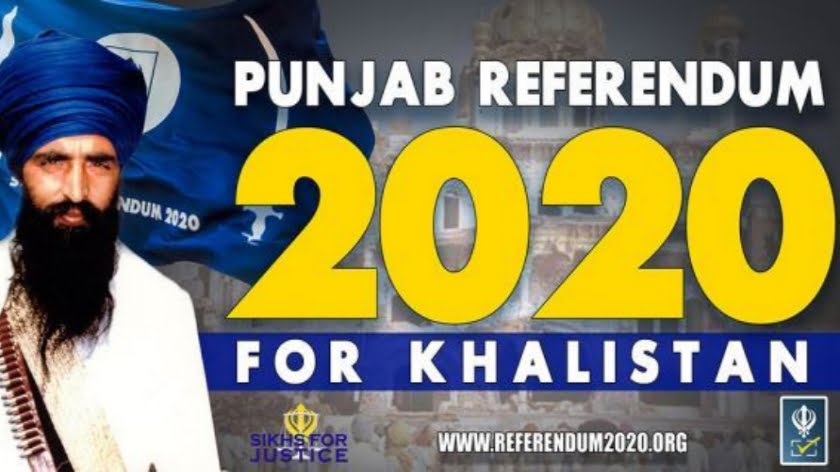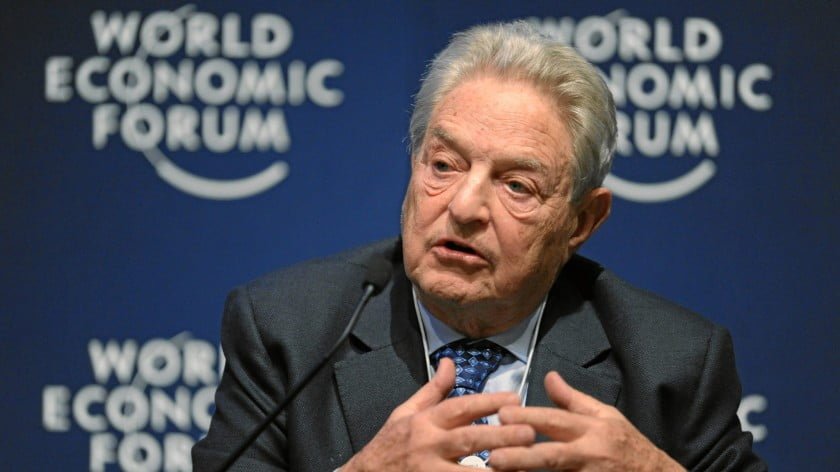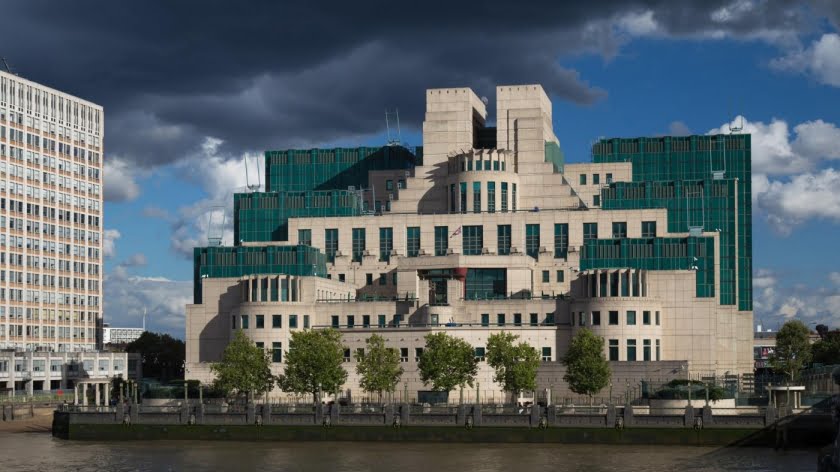Khalistan Isn’t About “Sikh Supremacy”, But Challenging Hindu Supremacy
The Khalistani quest to create an independent country out of India’s majority-Sikh state of Punjab isn’t about “Sikh supremacy”, but about sustainably ensuring the community’s fundamental human rights in the face of the national government’s decades-long policy of Hindu supremacy against them, which could also inspire revolutionary constitutional reform in the rest of rump India if it ever succeeds.
The Khalistan movement is increasingly becoming an issue of widespread international attention after India’s suppression of its upcoming Referendum 2020 campaign and the banning of its Sikhs For Justice (SFJ) organizers has begun to backfire by shining a spotlight on the Sikh community’s many grievances against the Indian state. New Delhi is preemptively trying to deflect any criticism of its discriminatory policies that led to the creation of the Khalistani movement in the first place by smearing this self-determination struggle as nothing more than a “Pakistani plot”, which shows that it doesn’t have any constructive solution for resolving this issue and is instead likely preparing for an intensified campaign against its many supporters ahead of next year’s vote. It’s with this in mind that the scenario of additional defamatory allegations being made against the Sikhs’ quest for Khalistan can’t be discounted, such as the predictable but false claim that it represents “Sikh supremacy”, hence why it’s important to preempt the aforesaid by explaining the real motivations behind this movement.
India has done everything in its power since partition to project the false image that it’s a “secular democracy”, when in reality it’s always been a religiously fascist state even before Modi’s 2014 rise to power made it obvious to all that the previously fringe and briefly outlawed Hindutva-driven “Rashtriya Swayamsevak Sangh” (RSS) is now calling the shots in the country. Whether led by Congress or the BJP, India has never been a friendly place for the Sikh community because the country’s so-called “Hindu Personal Laws” regard the world’s fifth-largest religion as part of Hinduism per Explanation II to Article 25(b) of the Indian Constitution. What this means in practice is that Sikhs are forced to follow Hindu laws pertaining to marriage, inheritance, and other personal issue despite being a clearly defined religion with their own separate set of traditions. This little-known fact therefore contradicts the claim that India is a “secular democracy’, though it’s not widely known since India has been largely successful in deceptively branding itself as the self-professed “world’s largest democracy”.
There are many reasons why that title is terribly inaccurate, but in the context of this analysis, the post-partition Indian state actually reduced many of the rights of the Sikh community that were previously upheld by the British after they occupied their empire in the middle of the 19th century. In other words, India not only replaced the colonial-era power structure, but importantly made it much more oppressive against the Sikhs by “legally” subsuming them under the umbrella of Hinduism in an unprecedented suppression of their identity that continues to this day in contravention of all international norms. It was this Hindu supremacy, not the “Sikh supremacy” that New Delhi might begin to fearmonger is behind the movement, that inspired the revolutionary 1973 Anandpur Sahib Resolution that articulated the clearest alternative vision yet to India’s centralizing fascism by emphasizing the principles of decentralization and democracy that ultimately set the basis for the Khalistani struggle.
The founding fathers of this movement realized that the only way for India’s many people to live in harmony with one another is “to have the Indian Constitution recast on real Federal principles with equal representation at the Centre for all the States”, and while this vision is still the most viable for most of the country’s minorities today, it’s no longer relevant for the Sikhs. The government’s deadly 1984 “Operation Blue Star” against one of their holiest places of worship, and the subsequent state-supported genocidal riots in November of that year following Indira Gandhi’s assassination by two of her Sikh bodyguards in retaliation for her ordering that vicious attack, forever ruined the relationship between the Sikhs and the state, hence why outright separatism began to be pursued. Even though Punjab is majority-Sikh, that doesn’t mean that “Sikh supremacy” would replace Hindu supremacy in the event of independence since the decentralizing and democratic principles of the Anandpur Sahib Resolution could be used as the basis for ensuring the rights of this new country’s minorities.
The peaceful inter-communal relations that would follow could serve as the most powerful example for proving why the Anandpur Sahib Resolution’s principles should be applied across the rest of rump India, though it’s precisely because of the demonstration effect that Khalistan could have that New Delhi is so firmly against it. India’s rulers — be they from Congress or BJP — know that this administrative-territorial revolution would result in a chain reaction of other reforms that would completely change the nature of power relations in the state, thus potentially leading to the end of these legacy parties’ control over the country and the emergence of new political movements, hence their self-interested stake in retaining the current system of governance in spite of its many shortcomings. Ironically, the more that the Indian state tries to suppress the Referendum 2020 campaign in order to maintain its hold on power, the more likely it is that this will backfire by leading to increased publicity for the Khalistan movement and the subsequently widespread debunking of the many Bollywood-like myths about post-partition India such as its claim of being the “world’s largest democracy”.
By Andrew Korybko
Source: Eurasia Future







